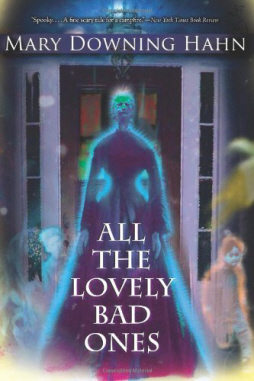Fantasy Lite – Half the Calories of Regular Fantasy, but Twice the Fun
 Five years ago, my first novel, Poison Study was published. It came out in hardback with a beautiful red and gold cover that was loosely based on Vermeer’s painting The Girl with the Pearl Earring.
Five years ago, my first novel, Poison Study was published. It came out in hardback with a beautiful red and gold cover that was loosely based on Vermeer’s painting The Girl with the Pearl Earring.
The cover model was from Russia, which was perfect since my main character’s name was Yelena, which is a popular name in Russia.
Too bad she returned to her homeland before the cover shoot for Magic Study. But that’s another story. And no, I’m not dredging up those painful memories, thank you very much.
Since 2005, Poison Study has had two more covers, has been published around the world and has won multiple awards.
Who da thunk it! Not me. Let’s go all the way back to 1995 (and don’t you dare tell me that was before you were born or I’ll smack you upside the head).
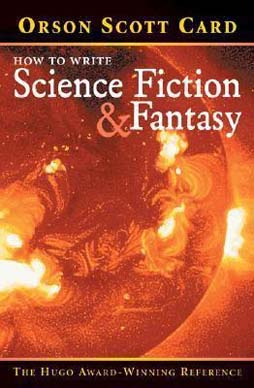 Back in 1995, I’m reading Orson Scott Card’s How to Write Science Fiction and Fantasy – because I had written a bunch of short stories that were all soundly rejected and I was thinking perhaps I needed a few pointers (no comments on still having my short stories rejected).
Back in 1995, I’m reading Orson Scott Card’s How to Write Science Fiction and Fantasy – because I had written a bunch of short stories that were all soundly rejected and I was thinking perhaps I needed a few pointers (no comments on still having my short stories rejected).
Card talked about characters and how writers should avoid making the King or Duke or Prince or their female counterparts their main protagonist. He mentioned that people around the seat of power had more freedom to get into trouble.
And Zing! I sparked on the idea of having a main character be the King’s poison taster.
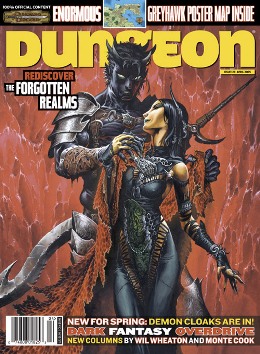
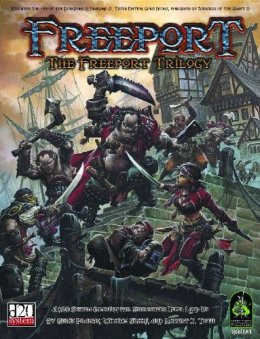
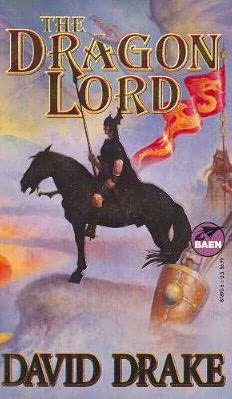 As I write this, I am just now sitting down at my computer in my apartment after coming back home from the World Fantasy Convention in Columbus, OH. I’ve literally tossed down my suitcases on the bed moments ago. My lips are chapped. I am tired.
As I write this, I am just now sitting down at my computer in my apartment after coming back home from the World Fantasy Convention in Columbus, OH. I’ve literally tossed down my suitcases on the bed moments ago. My lips are chapped. I am tired.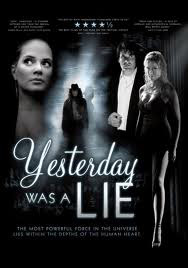 “Yesterday Was A Lie” is an indie film that indulges in experimental exposition right out of the gate.
“Yesterday Was A Lie” is an indie film that indulges in experimental exposition right out of the gate.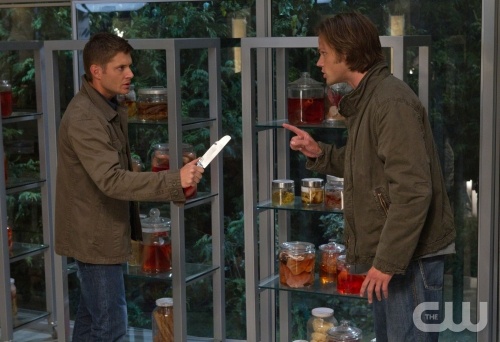
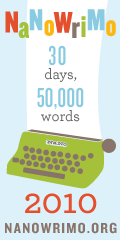 Tonight, children go trick-or-treating, and many adults go to Halloween parties, thereby, perhaps, proving Ogden Nash’s line that children get more joy out of childhood than adults get out of adultery. For myself, though, I’ll be counting down the minutes to midnight, scrawling notes and making plans. Because at 12 AM, November 1,
Tonight, children go trick-or-treating, and many adults go to Halloween parties, thereby, perhaps, proving Ogden Nash’s line that children get more joy out of childhood than adults get out of adultery. For myself, though, I’ll be counting down the minutes to midnight, scrawling notes and making plans. Because at 12 AM, November 1,  The woman held in one hand a small cigarette-package-sized radio, its antenna quivering. From this sprang tiny copper wires which ended in a dainty cone plugged into her right ear. There she was, oblivious to man and dog, listening to far winds and whispers and soap-opera cries, sleep-walking, helped up and down curbs by a husband who might just as well not have been there. This was not fiction.
The woman held in one hand a small cigarette-package-sized radio, its antenna quivering. From this sprang tiny copper wires which ended in a dainty cone plugged into her right ear. There she was, oblivious to man and dog, listening to far winds and whispers and soap-opera cries, sleep-walking, helped up and down curbs by a husband who might just as well not have been there. This was not fiction.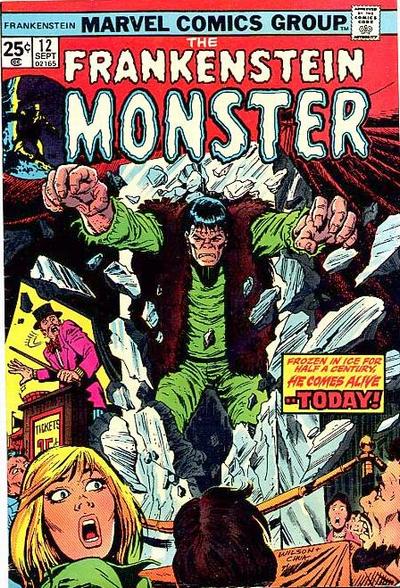
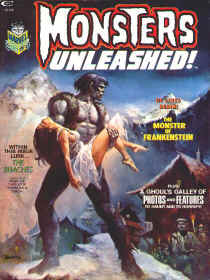
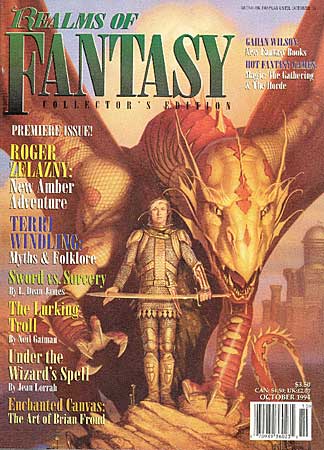 This post over on the
This post over on the 